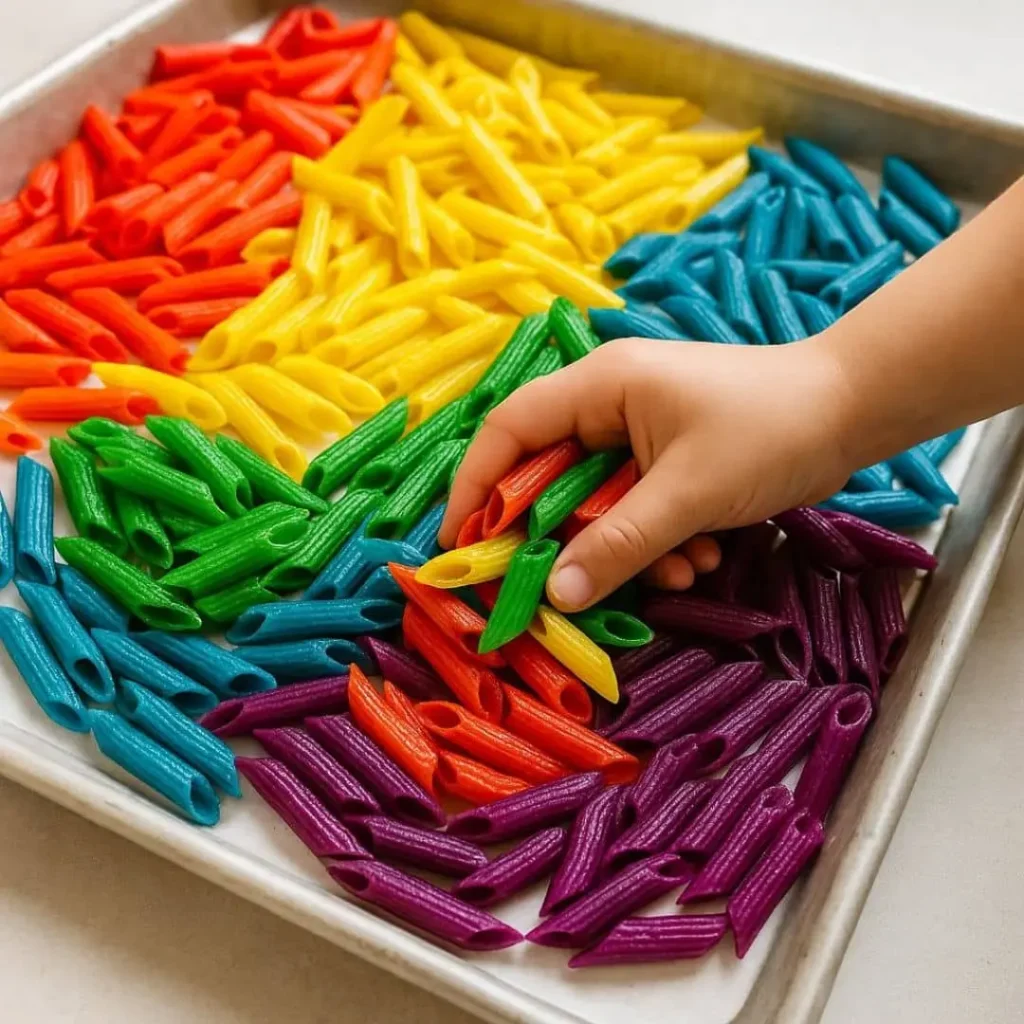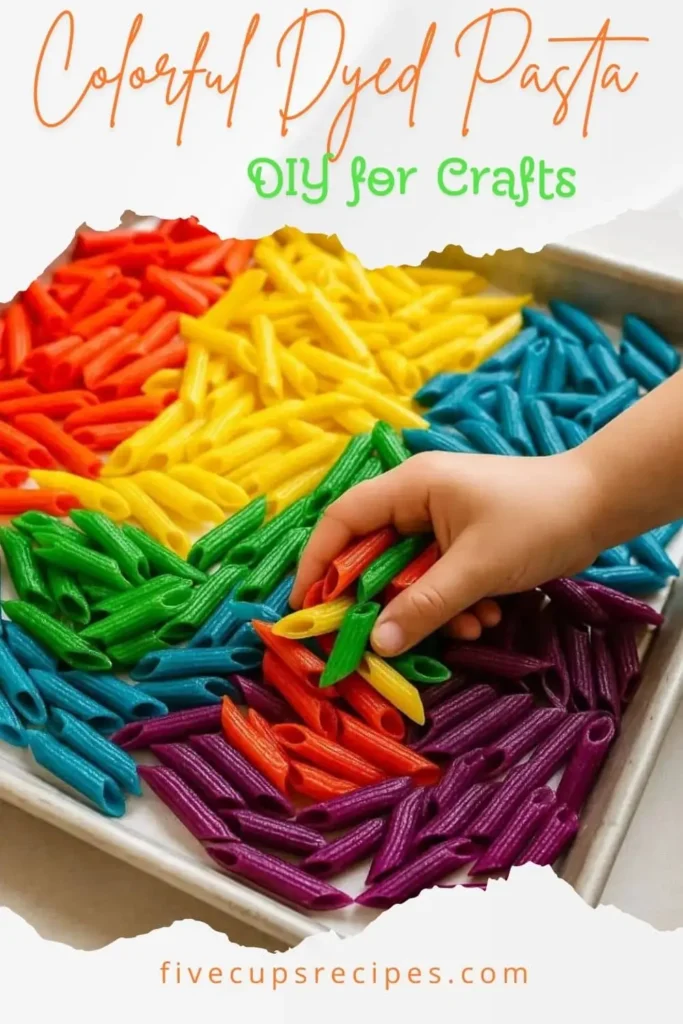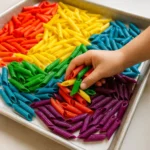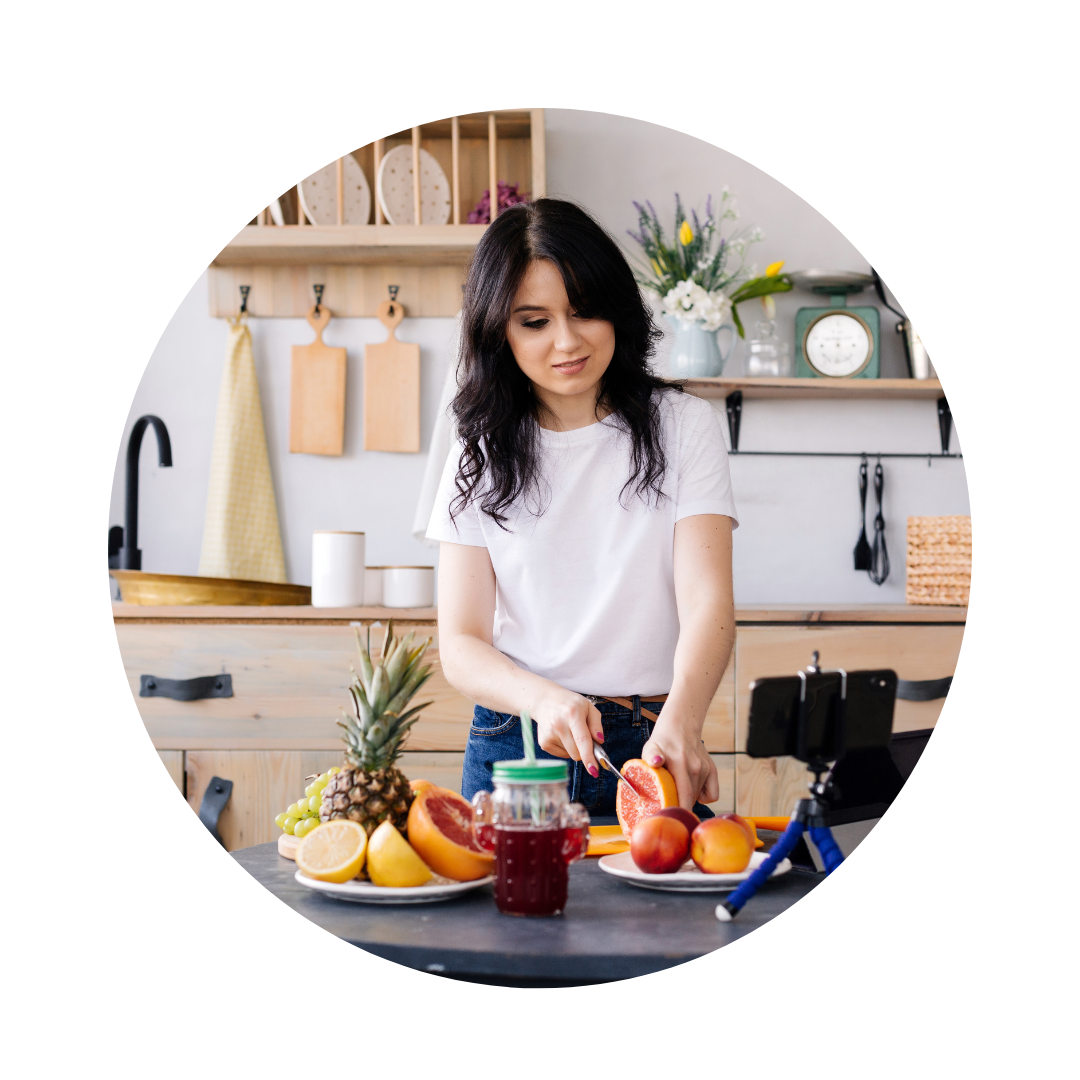Dye pasta for sensory play and crafts is a delightful activity that brings color and creativity together! My kids had so much fun with this project on a rainy afternoon that they couldn’t stop talking about it for days. Dyeing pasta not only enhances its aesthetic appeal but also transforms it into a versatile material for crafting and sensory exploration. This activity is easy to do, requires minimal supplies, and offers endless opportunities for fun and learning.

Why Make This Dyed pasta
Creating dyed pasta is an incredible way to foster creativity in children while engaging their senses. This activity promotes sensory play, fine motor skills, and even basic concepts of science and math through STEM learning. Kids can use their dyed pasta for art projects, count or sort pieces, or even create imaginative play scenarios. It’s particularly useful for birthday parties, school projects, or simply as a fun home activity. Plus, it encourages collaborative play with siblings or classmates, enhancing social skills in the process.
How to Make Dyed Pasta
Making dyed pasta is straightforward and enjoyable. The goal is to turn plain pasta into vibrant, colorful pieces that can be used in various crafts and sensory bins. You can also involve your children in each step to keep them engaged. Keep in mind that adult supervision is needed, especially when using food coloring and working with messier materials.
Materials Needed
- Uncooked pasta (any shape: macaroni, penne, fusilli, etc.)
- Food coloring (liquid or gel)
- Rubbing alcohol or vinegar
- Ziplock bags or bowls for mixing
- Baking sheet lined with parchment paper
- Plastic gloves (optional for avoiding stains)
- Plastic tray for easier cleanup
Steps
- Prepare the Pasta: Measure out the desired amount of uncooked pasta and place it in a Ziplock bag or a bowl.
- Mix the Dye: In another bowl, mix 1 tablespoon of food coloring with 2 tablespoons of rubbing alcohol or vinegar. This will help the color adhere better to the pasta.
- Dye the Pasta: Pour the dye mixture over the pasta in the bag or bowl. Seal the bag and shake gently, or stir the pasta if using a bowl, until all pieces are coated in color.
- Let it Soak: Allow the colored pasta to sit for about 10-15 minutes. For more vibrant colors, you can let it soak for longer.
- Dry the Pasta: Spread the dyed pasta out on a baking sheet lined with parchment paper. Let it air dry for at least 30 minutes or until completely dry.
- Store Leftovers: If you have any leftover dyed pasta, you can store it in an airtight container for future crafts or sensory play.
Mini Tip
Using gloves can help prevent staining your hands, especially when working with vibrant colors.
How to Use or Play With Dyed Pasta
Once the pasta is dry, kids can enjoy it in various ways! They can string it onto yarn to create necklaces or bracelets, use it to make decorative art pieces, or even create pasta sculptures. For educational purposes, you can encourage them to sort the pasta by color, shape, or size, which assists in developing counting and categorization skills. While they play, observe their creativity and engagement to provide guidance and encouragement.
How to Store or Reuse Dyed Pasta
Dyed pasta can last for several months when stored properly! Keep it in an airtight container at room temperature to prevent moisture from ruining the color. If it starts to lose some vibrancy, you can lightly spray it with water and let it dry again. Ensure it’s completely dry before storing to avoid spoilage.
Tips to Make Dyed Pasta Successful
- Use Quality Pasta: Opt for pasta that can hold its shape well, as overcooked or fragile pasta may break during handling.
- Experiment with Colors: Combine colors or create a gradient effect by mixing different food colorings.
- Plan for Cleanup: Cover surfaces with newspaper or a plastic sheet to make cleanup easier.
- Encourage Participation: Allow kids to help with measuring, pouring, and mixing to make the activity more engaging.
- Safety First: Always supervise young children, especially when working with food coloring, to avoid stains on clothes and surfaces.
What to Avoid When Making or Using Dyed Pasta
- Using the Wrong Materials: Ensure you’re using food-safe colorants and avoid permanent dyes. They can stain skin and surfaces.
- Skipping Drying Time: Let the pasta dry completely. If you skip this step, it may clump or spoil when stored.
- Making it Too Complicated: Keep instructions simple for younger kids. Young children may lose interest if the process becomes too complex.
Possible Variations
There are countless ways to adapt this craft for different themes and occasions. You could dye pasta in Easter colors for a spring-themed craft, use fall colors for Thanksgiving decorations, or even create holiday-themed ornaments. For larger groups, consider dividing the pasta into smaller portions so everyone can dye their colors. You can also try using natural dyes, such as beet juice or spinach, for a more eco-friendly approach.

FAQs
1. Is this activity safe for younger children?
Absolutely! While it’s a fun and safe activity for children of varying ages, adult supervision is essential, especially when using food coloring. Opt for washable food coloring if you’re concerned about stains. Always ensure that young children do not ingest any materials used in the process, like rubbing alcohol.
2. What are some good cleanup tips after doing this activity?
Cleanup can be simple if you prepare in advance! Cover surfaces with plastic or newspaper to catch spills. Have wet wipes or damp cloths available to clean hands and surfaces quickly. If you find any stains, treating them promptly will significantly reduce the chances of lingering marks.
3. What can I do if I don’t have food coloring?
No worries! There are alternatives to traditional food coloring. You can use natural colorants like beet juice, turmeric powder, or even brewed tea to dye the pasta. Just mix the natural dye with a bit of water, and follow the same dyeing process.
Conclusion
Dyeing pasta for sensory play and crafts is an enriching activity that fosters creativity, learning, and tactile exploration in children. It’s perfect for rainy days, birthday parties, or even a school project. I encourage you to give this colorful activity a try and share the fun with others. It’s an experience you and your kids will cherish, filled with excitement and laughter that can be repeated many times in the future!

Dyed Pasta
Ingredients
Pasta and Dyeing Materials
- 2 cups Uncooked pasta (any shape: macaroni, penne, fusilli, etc.) Choose pasta that holds its shape well.
- 1 tablespoon Food coloring (liquid or gel) Opt for washable food coloring to minimize stains.
- 2 tablespoons Rubbing alcohol or vinegar Used to help the color adhere better.
- 1 piece Ziplock bags or bowls for mixing For dyeing the pasta.
- 1 piece Baking sheet lined with parchment paper For drying the dyed pasta.
- optional pair Plastic gloves To avoid staining hands.
- 1 piece Plastic tray For easier cleanup.
Instructions
Preparation
- Measure out the desired amount of uncooked pasta and place it in a Ziplock bag or a bowl.
- In another bowl, mix 1 tablespoon of food coloring with 2 tablespoons of rubbing alcohol or vinegar.
Dyeing Process
- Pour the dye mixture over the pasta in the bag or bowl. Seal the bag and shake gently, or stir the pasta if using a bowl, until all pieces are coated in color.
- Allow the colored pasta to sit for about 10-15 minutes. For more vibrant colors, you can let it soak for longer.
Drying
- Spread the dyed pasta out on a baking sheet lined with parchment paper and let it air dry for at least 30 minutes or until completely dry.
Storing Leftovers
- Store any leftover dyed pasta in an airtight container for future crafts or sensory play.
